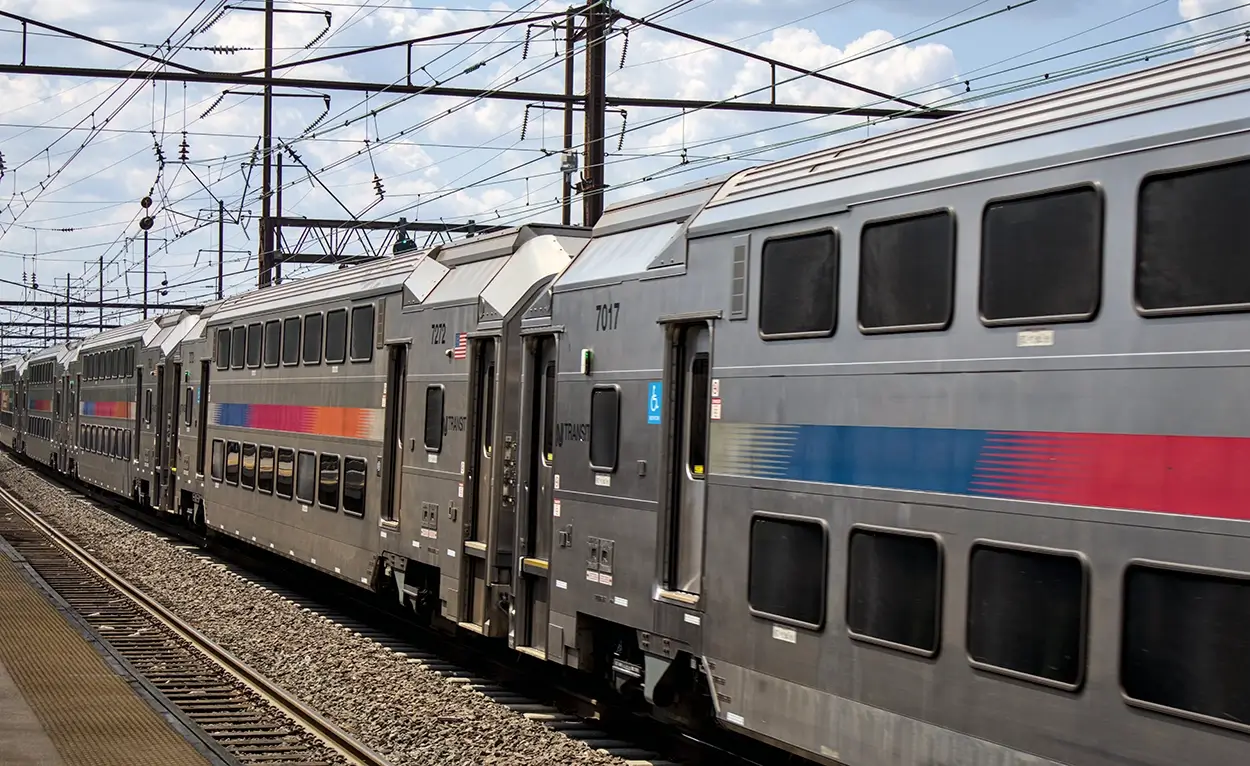Empowering NYC's Green Future:
Unveiling Mayor Eric Adams' "City of Yes for Carbon Neutrality" Zoning Initiative
New York City Mayor Eric Adams’ first of three “City of Yes” zoning initiatives (Res. 0858-2023), City of Yes for Carbon Neutrality (COYCN), was approved by the New York City Council on December 6, 2023, and went into effect five days after. The initiative aims to modernize the City’s zoning regulations to make climate action and clean energy more accessible in every neighborhood. The citywide zoning change allows for more energy-efficient buildings, transportation, and infrastructure, by promoting the use of solar power, energy storage, electric vehicle charging, and building retrofits.
The Significance of "City of Yes for Carbon Neutrality" in NYC's Climate Agenda
This initiative is crucial to achieving New York City’s ambitious climate goals set in the past decade. In 2016, the City introduced the “80×50” roadmap, which aims to reduce 80% of carbon emissions by 2050. The Climate Mobilization Act was enacted in 2019, incentivizing large buildings to cut their carbon emissions. In 2020, the City implemented a stricter energy code aimed at improving efficiency and enhancing building performance in development projects. During this time, architects, engineers, and those working with zoning regulations navigated outdated zoning barriers and identified significant ways to improve zoning regulations that support decarbonization projects.
Overcoming Regulatory Barriers: COYCN's Impact on Large Buildings and Zoning Regulations
For example, owners of buildings over 25,000 sq ft. faced regulatory barriers such as height limitations and permitted obstructions when trying to meet the specific emission limits set by Local Law 97 of the Climate Mobilization Act, which is addressed in COYCN. Changes in the zoning regulations also created additional floor area deductions for buildings that are fully electrified and comply with Local Law 154, which sets CO2 restrictions on new construction.
Revolutionizing Rooftops: "City of Yes for Carbon Neutrality" and the Solar Panel Allocation Policy
One of the 17 policies outlined in the “City of Yes for Carbon Neutrality” initiative is the facilitation of a renewable energy grid by removing zoning obstacles that limit the amount of rooftop space allowed to be allocated to solar panels. In the past, this has been a major roadblock for New Yorkers hoping to make their homes more energy-efficient and resilient. This policy specifically makes solar energy more accessible to low-income communities by making it easier to install energy storage and solar panels that can either work independently or with the grid. These types of solar panels were banned in residential areas until the initiative was put into effect. These changes to solar panel usage also extend to over 8,500 acres of parking lots across the City, which if fully developed, could power more than 130,000 homes.
Structural Considerations: Partnering with Engineers for Solar Opportunities in Existing Buildings
Because this zoning initiative offers increased solar opportunities for existing buildings, it is important to work with an engineer to solidify the structural integrity of the building and analyze whether the building could withstand the weight and pressure of the solar panels. Engineers have the required skills, knowledge, and experience to design options specific to the physical structure and available space of the building.
If the existing building is structurally sound and includes a large flat roof space or an adequate southern facing roof area, solar rooftops can be viable options for owners to consider, particularly in commercial complexes and condensed urban environments.
McLaren’s Solar Energy Expertise
Having designed over 150 MW+, McLaren has an extensive history of providing multi-disciplinary support services for solar energy systems nationwide. Our innovative engineering solutions focus on the benefits of renewable energy while considering efficiency, cost effectiveness, and space constraints. Our team has inspected, planned, analyzed, designed, and engineered solar energy projects of varying shapes, sizes and complexities including solar carports, canopies, solar rooftop installations, solar array support, and ground mounted solar farms. Each design option presents distinct advantages based on the physical structure and available space of the location.






